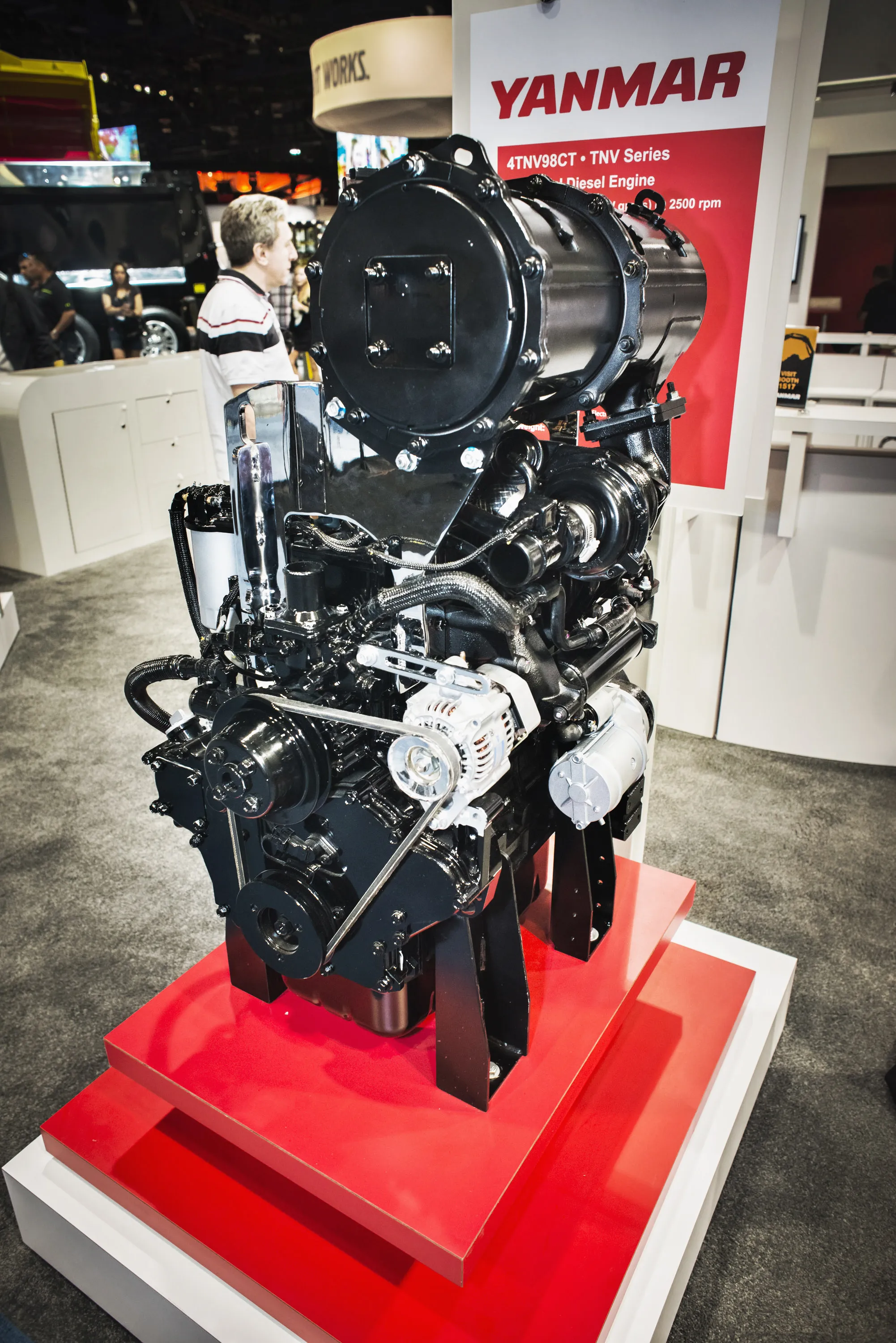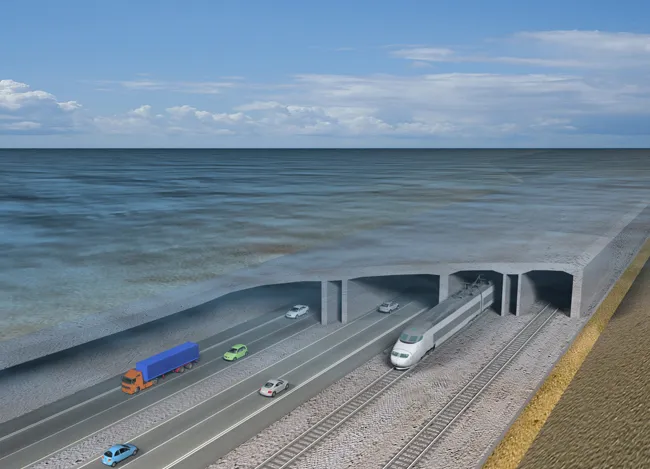The 60-year-old road and rail Velsertunnel in the Netherlands will be closed from now until the end of the year for major renovations.
Improvements to the Velsertunnel beneath the North Sea Canal are scheduled for the road sections only, according to the Rijkswaterstaat, the Dutch government’s Ministry of Infrastructure and the Environment, and the consortium doing the work.
Rijkswaterstaat awarded a design/build/maintain contract in 2014 to Hyacint, a consortium of Besix, Dura Vermeer, and Spie, supp
April 19, 2016
Read time: 2 mins
The 60-year-old road and rail Velsertunnel in the Netherlands will be closed from now until the end of the year for major renovations.
Improvements to the Velsertunnel beneath the North Sea Canal are scheduled for the road sections only, according to the Rijkswaterstaat, the Dutch government’s Ministry of Infrastructure and the Environment, and the consortium doing the work.
Rijkswaterstaat awarded a design/build/maintain contract in 2014 to Hyacint, a consortium of Besix, Dura Vermeer, and Spie, supported by iNFRANEA. Last year the consortium completed a 3-D BIM model (Building Information Modelling) of the tunnel and of the proposed work to be done. %$Linker:2 External <?xml version="1.0" encoding="utf-16"?><dictionary /> 0 0 0 oLinkExternal Click here Visit bimontherocks.com website false http://bimontherocks.com/bim-helps-renovate-aging-tunnel/ false false %> for the presentation.
The renovated tunnel will have a 12cm higher clearance profile for trucks, new asphalt and modern technical installations, such as CCTV, fire protection equipment, traffic control systems and ventilation. Escape routes will also be fully updated.
Under the contract, the original and now iconic ventilation towers reaching skyward atop the main ventilation building must remain intact. The unusual-looking towers were listed as a national heritage site in 2014.
Around 65,000 vehicles a day use the tunnel and traffic will be diverted to the Wijkertunnel, a toll tunnel.
The Wijkertunnel is a 21-year old structure that is the first public-private partnership in the Netherlands. Three-quarters of the total €272 million construction cost was put up by a consortium of banks and insurance companies, including ING and Commerzbank. The contract was for 30 years.
Improvements to the Velsertunnel beneath the North Sea Canal are scheduled for the road sections only, according to the Rijkswaterstaat, the Dutch government’s Ministry of Infrastructure and the Environment, and the consortium doing the work.
Rijkswaterstaat awarded a design/build/maintain contract in 2014 to Hyacint, a consortium of Besix, Dura Vermeer, and Spie, supported by iNFRANEA. Last year the consortium completed a 3-D BIM model (Building Information Modelling) of the tunnel and of the proposed work to be done. %$Linker:
The renovated tunnel will have a 12cm higher clearance profile for trucks, new asphalt and modern technical installations, such as CCTV, fire protection equipment, traffic control systems and ventilation. Escape routes will also be fully updated.
Under the contract, the original and now iconic ventilation towers reaching skyward atop the main ventilation building must remain intact. The unusual-looking towers were listed as a national heritage site in 2014.
Around 65,000 vehicles a day use the tunnel and traffic will be diverted to the Wijkertunnel, a toll tunnel.
The Wijkertunnel is a 21-year old structure that is the first public-private partnership in the Netherlands. Three-quarters of the total €272 million construction cost was put up by a consortium of banks and insurance companies, including ING and Commerzbank. The contract was for 30 years.








